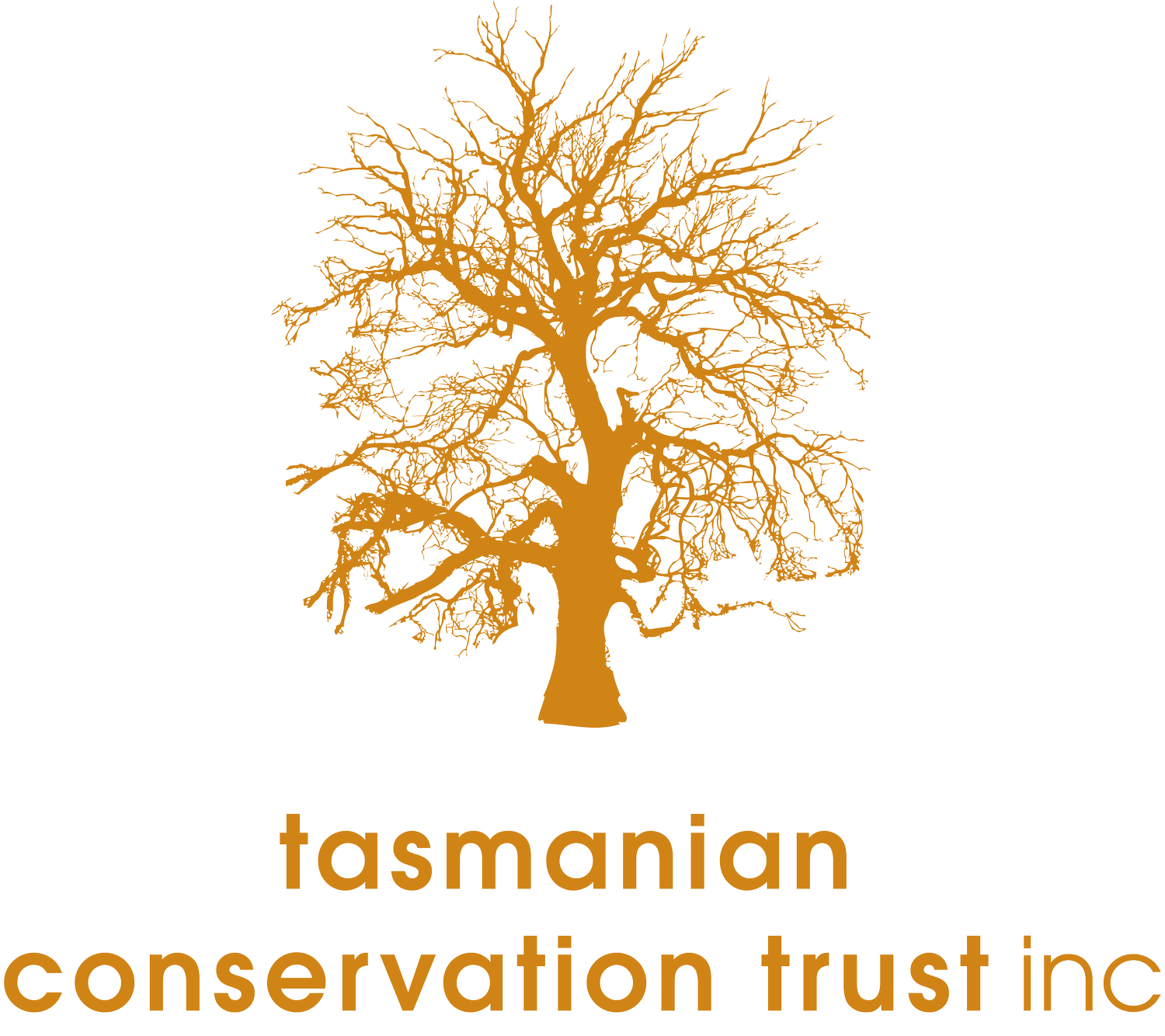The Tasmanian Government introduced the Workplaces (Protection from Protesters) Bill 2014 (the Bill) into the House of Assembly on 24 June 2014. The Bill was passed by the House at 11.15pm on 26 June 2014. The Liberal Government went to the election in March with a promise to introduce ‘tough’ new laws to impose mandatory sentences and large fines for protesters who prevent, hinder or obstruct forestry or mining activities.
Forestry Bill 2014
The Forestry (Rebuilding the Forest Industry) Bill 2014 was passed in the Lower House of the Tasmanian Parliament on 5 June 2014 (World Environment Day). Due to a number of questions that Legislative Councillors asked of the state government and could not be answered, the government agreed that debate on the Bill should be delayed until the spring sitting of the Council.
Director’s report March 2014
From a policy perspective the state election was most notable because the victorious Liberal Party failed to release a single environment policy, i.e. a pro-environment policy. The closest it got was the announcement of funding for the Three Capes Track, and South Coast Track but both were made alongside tourism industry representatives and were framed as investments in tourist development.
World Heritage Area under Threat
It seems that the entire Tasmanian conservation movement is united in its opposition to the Abbott Coalition government’s proposal to the World Heritage Committee to revoke 74,000 hectares from the 170,000 ha which was added to the Tasmanian Wilderness World Heritage Area (TWWHA) in June 2013. As well as writing to the Federal Minister for the Environment, Greg Hunt, the TCT made a submission to the Senate Standing Committee on Environment and Communications which is investigating this proposal
Mt Wellington Public Forum 2014
Minutes from the Meeting are published below in long form.
Jason Turvey, Spokesperson, Respect the Mountain - No Cable Car.
Unanimous support from panel and the room for development at The Springs such as the current proposal with approval.
Unopposed support for introduction of indigenous tourism on kunanyi/Mt Wellington.
Tasmanian Wilderness World Heritage Area Management Plan
Wellington Park – removal of veto
The Tasmanian Liberals, with the support of the Labor Party, passed legislation through the lower house of the State Parliament on 16 October to remove the veto that the Wellington Park Management Trust has, but has never used, over development proposals for Mt Wellington. The Legislative Council has also now passed this bill. We congratulate Rob Valentine as the only Legislative Councillor to vote against removing the veto.
Parks and Reserves Authority
In October 2013 the state government introduced legislation to establish a Parks and Reserves Authority to manage the public reserve estate – which is currently 38% of Tasmania’s land area and expected to be increased to more than 45% of the land and 5.75 % of the state-controlled marine environment. By the time you read this article we are confident that the legislation will have passed the lower house of the Parliament; the Legislative Council should complete its deliberations before the end of the year.
Wellington Park Management Plan
State of the Forests Tasmania 2012
The State of the Forests Tasmania 2012 was tabled in the state parliament at the end of November 2012.
Although it hardly registered a blip in the media or in the state parliament, the report is an important component of Tasmania’s environmental reporting and provides a key role in the five yearly reviews of the Tasmanian Regional Forest Agreement (the next review is due in 2014). It also provides many important facts in regard to forest conservation and management which should of use to those currently debating the Tasmanian Forest Agreement Bill.
Tasmania's Marine Reserves
TCT Forests Policy Addendum – biodiversity priorties
The TCT already has a forests policy (available on the TCT website) but we have decided that there is a need to provide more detail on what our nature conservation and, in particular, our biodiversity priorities are. We hope to address geoheritage issues later. This article outlines a draft addendum to our forest policy, which will be completed over the next few months. One purpose is to provide further evidence to support TCT’s statements made over the last two years regarding the inadequacy of current and proposed public land reserves in addressing the conservation requirements of many biodiversity values, most of which are found on private land.


